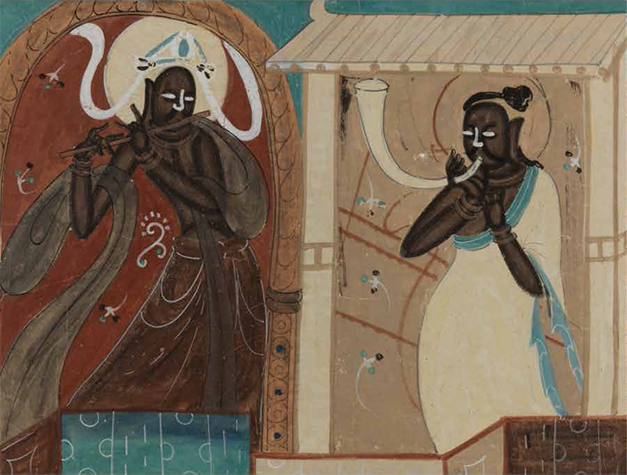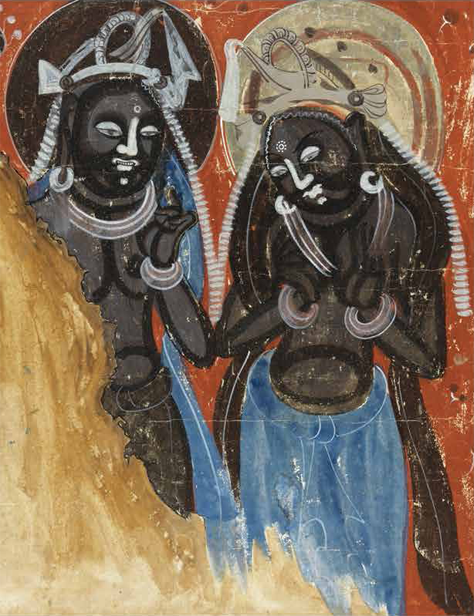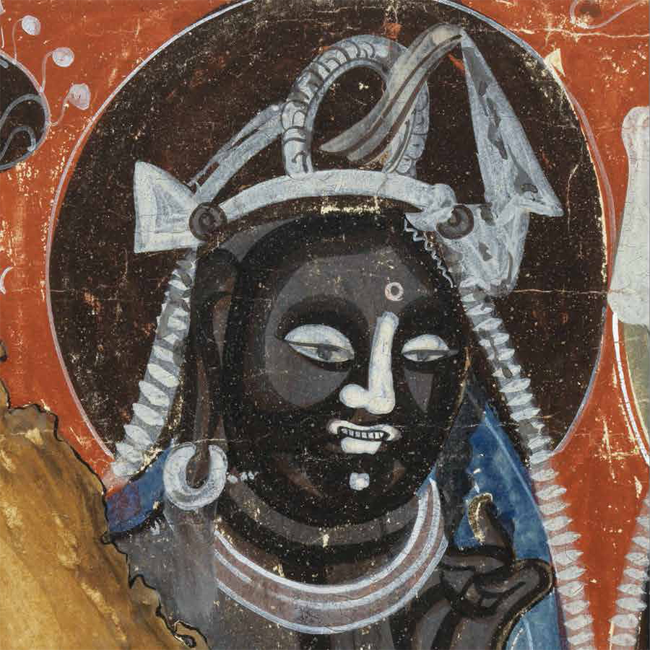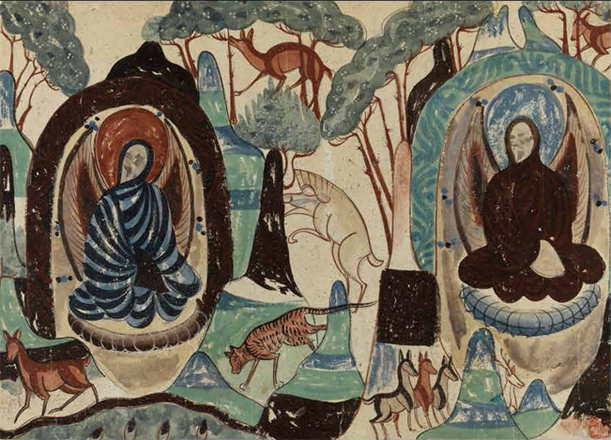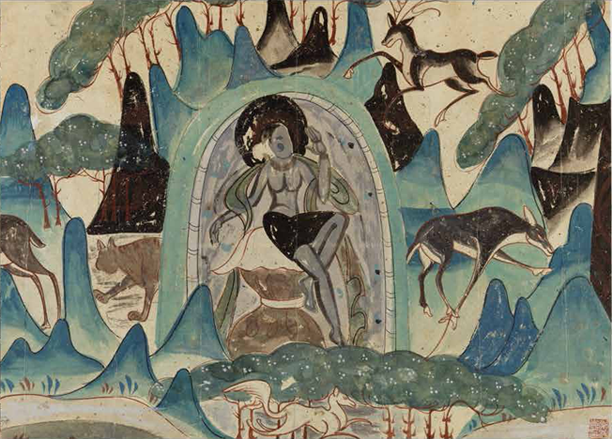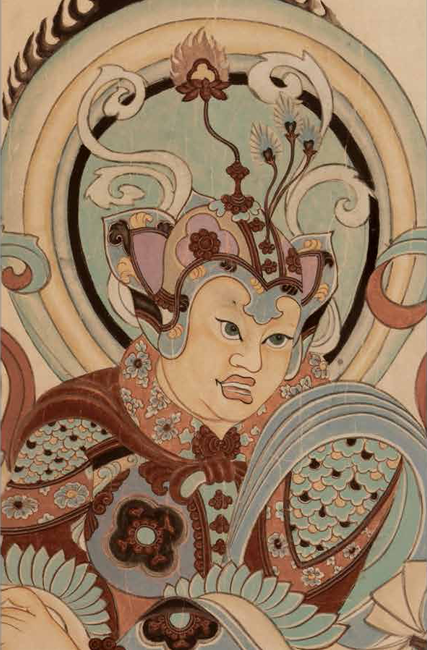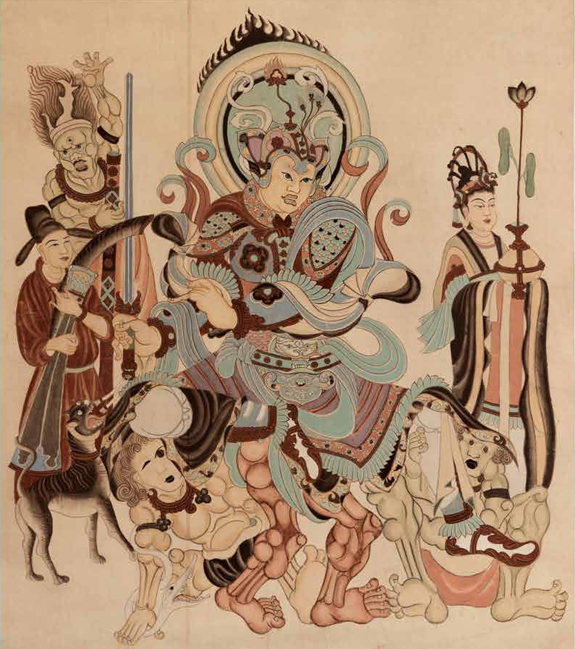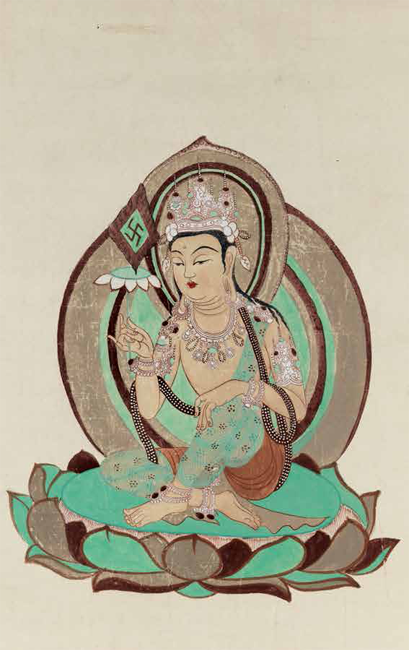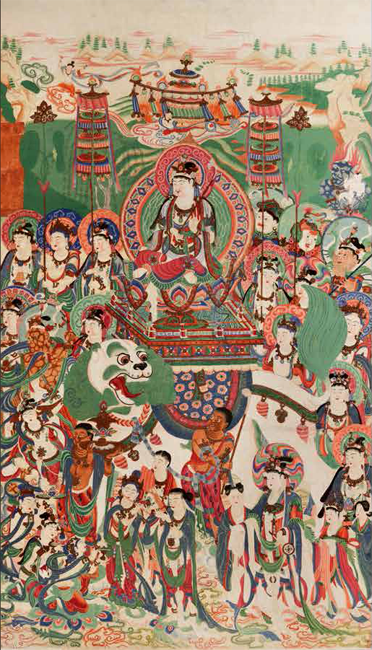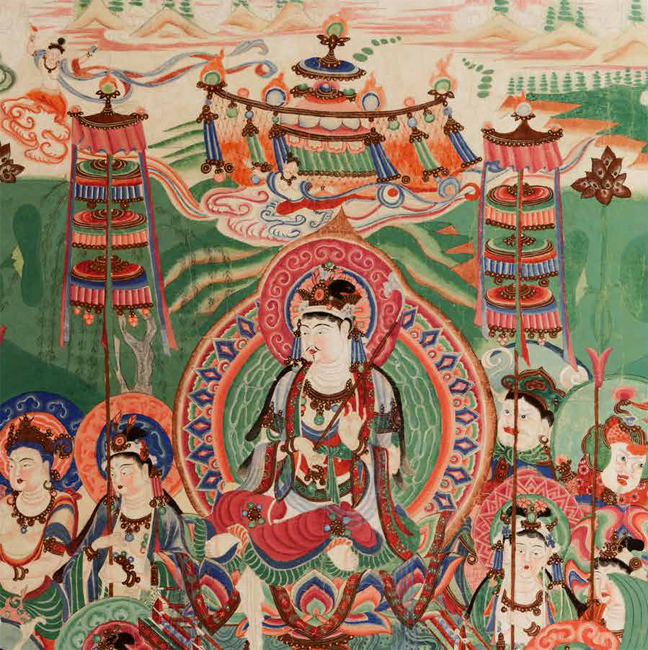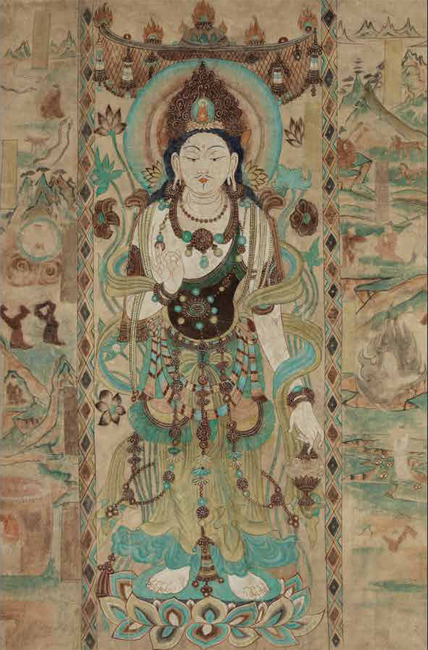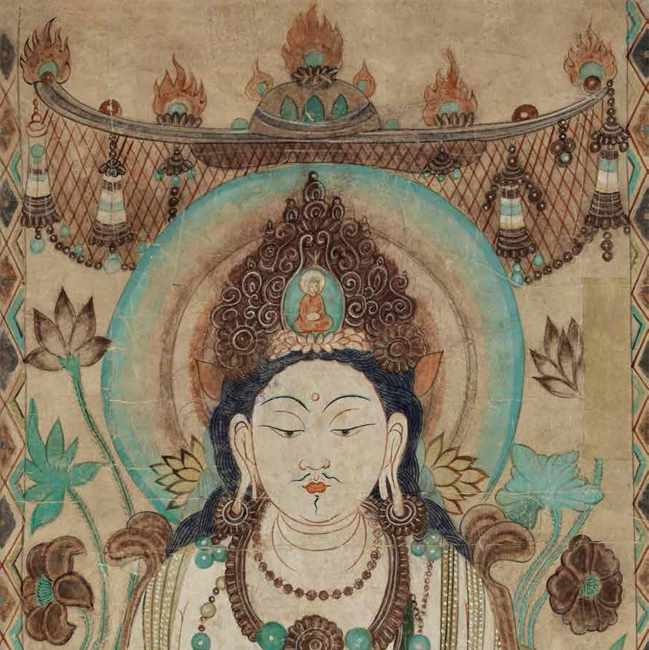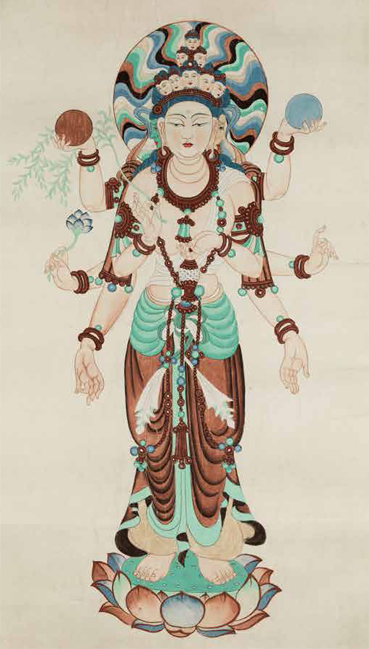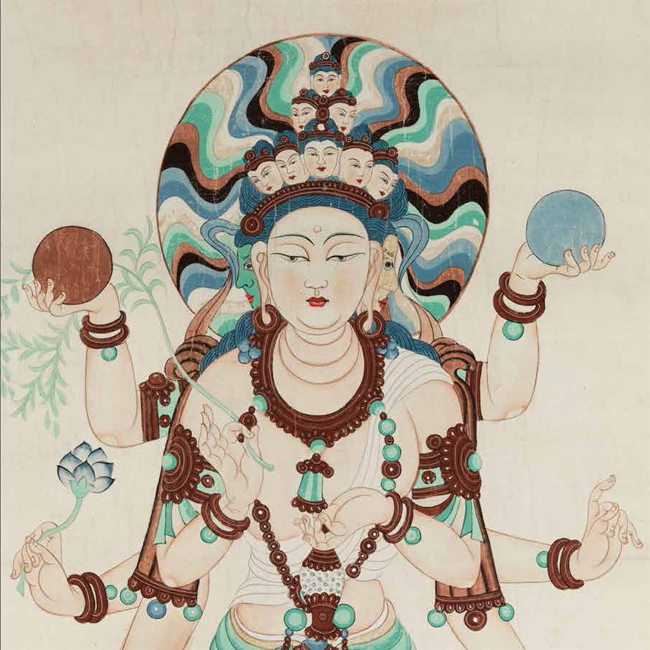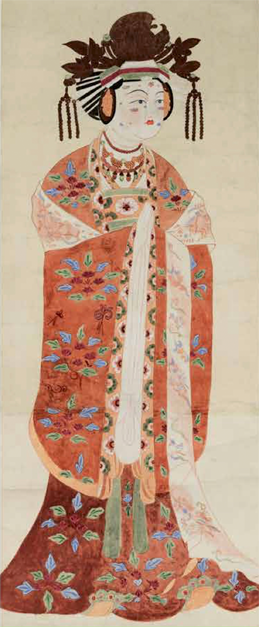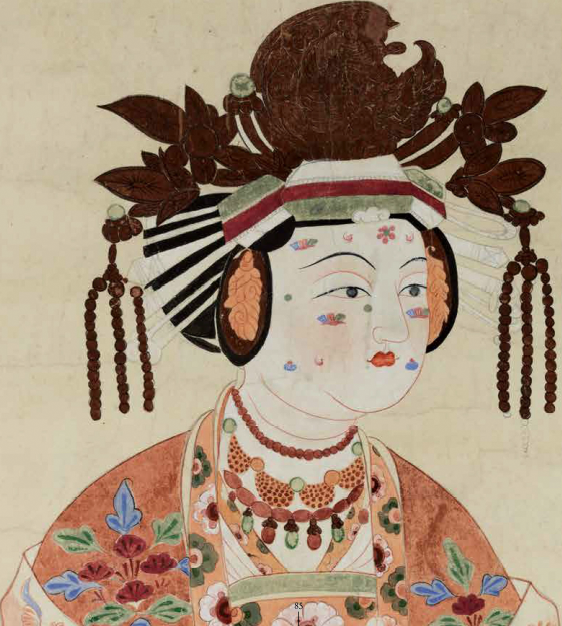

Dunhuang Murals
The Dunhuang Grottoes in Gansu Province, having the largest number of murals in a cluster of caves is unrivalled in China and the world. These grottoes consist of 552 caves including the Mogao Caves, Western Thousand Buddha Caves and Yulin Caves. Inside the grottoes, there are many historical Buddhist murals which measure 50,000 square metres in magnitude. Among them, there are portraits of Buddhist figures, sutra transformation frescoes, storytelling frescoes, portraits of benefactors, and etc.
Dunhuang Mogao Caves - Replica Paintings by Chang Shana
The Dunhuang Grottoes are a rare treasure of art and culture in the history of world civilization, preserving the Buddhist murals dating back a millennium or so in ancient China. It provides a collection of all themes of Buddhist paintings from which we can appreciate the artistic style of various dynasties in China.
Master Chang Shana is a renowned arts and craft teacher. From the young age of 12, she was taught by her father, Mr Chang Shuhon who was also known as the ‘Guardian of Dunhuang’ to learn copying the drawings on the wall of the caves. Being brought up and enriched by the art of Dunhuang, Master Chang has acquired profound knowledge in this field. She has produced many decorative designs for key national architectural projects, integrating Dunhuang motifs and style. Master Chang is also an educator, passing on her knowledge about the art of Dunhuang to the younger generations of art students in her teaching.
This publication consists of more than 40 replicas of Dunhuang murals by Master Chang Shana, painted in her teens. It is the purest illustration of an immortal artwork by a girl of 13 to 16 years old with the spirit of purity and innocence.
This publication also features many artistic patterns compiled by Master Chang who replicated the Tang Dynasty Buddhist statues of Mogao Caves for Chi Lin Nunnery, a reflection of her thorough understanding and impeccable interpretation in the style of Dunhuang artistic pattern.
After reading this publication, the readers may have the fantasy of entering the artistic realm of Dunhuang art which is magnificent and sacred, and hence to have a better understanding as well as greater affection of this great historical heritage of mankind.

